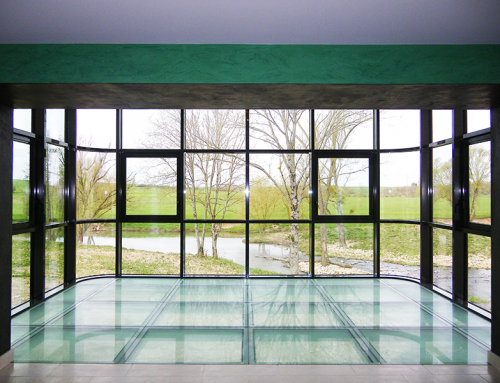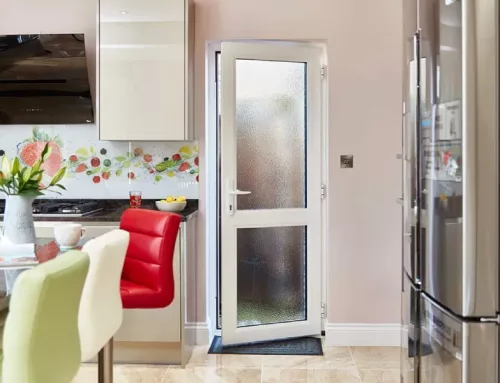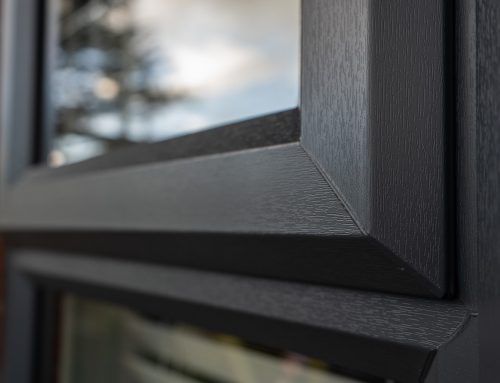uPVC vs. Aluminum Doors and Windows: Making an Informed Decision
Choosing the right material for doors and windows is a crucial decision that homeowners and architects face during the construction or renovation process. uPVC (unplasticized polyvinyl chloride) and aluminum are two popular options known for their durability and functionality. In this article, we will compare uPVC and aluminum doors and windows, exploring their characteristics, advantages, and considerations to help you make an informed decision.
1. Durability and Strength:
Both uPVC and aluminum are durable materials, but they have different properties when it comes to strength. uPVC is highly resistant to rotting, warping, and corrosion, making it suitable for various weather conditions. It does not require painting or sealing, and its color remains consistent over time. On the other hand, aluminum is also highly durable, resistant to corrosion, and can withstand extreme weather conditions. However, it may require occasional maintenance, such as repainting or anodizing, to protect its surface.
2. Energy Efficiency:
Energy efficiency is a significant consideration in today’s environmentally conscious world. uPVC doors and windows have excellent thermal insulation properties, thanks to their multi-chambered profiles and weather seals. This results in reduced heat transfer, lower energy consumption, and improved comfort by minimizing drafts and temperature fluctuations. Aluminum, being a metal, conducts heat more readily, making it less energy-efficient. However, with the addition of thermal breaks and insulated glazing, aluminum doors and windows can improve their energy performance.
3. Maintenance and Lifespan:
uPVC doors and windows are virtually maintenance-free. They do not require painting, sealing, or special treatment, and can be easily cleaned with mild soap and water. uPVC’s resistance to fading, peeling, and discoloration ensures a long-lasting appearance. In contrast, aluminum doors and windows may require occasional maintenance, such as repainting or lubricating hinges and locks. While aluminum is durable, its surface may be prone to scratches and oxidation over time, requiring touch-ups or refinishing.
4. Design Flexibility:
Both uPVC and aluminum offer design flexibility, but with slight differences. uPVC profiles can be customized to various shapes and sizes, allowing for innovative design solutions, such as arched windows or geometric shapes. They also offer a wide range of colors, including woodgrain finishes, to match different architectural styles. Aluminum, known for its strength and structural integrity, allows for larger glass panels and slimmer sightlines, providing a sleek and modern aesthetic. It also offers a variety of powder-coated finishes to achieve the desired look.
5. Security:
When it comes to security, both uPVC and aluminum doors and windows offer reliable options. uPVC profiles are inherently strong and rigid, providing resistance against forced entry. They are often equipped with multi-point locking systems and reinforced hinges, enhancing security measures. Aluminum, being a lightweight yet robust material, offers strength and durability. When properly installed with secure locking mechanisms, aluminum doors and windows can provide effective security against intrusions.
6. Environmental Impact:
Considering the environmental impact of materials is essential. uPVC is a recyclable material and its production consumes less energy compared to aluminum. Additionally, uPVC’s insulation properties contribute to reduced energy consumption, making it an eco-friendly choice. Aluminum, while not as easily recyclable, is a highly sustainable material due to its durability and long lifespan. Its recyclability makes it a preferred choice for those seeking environmentally conscious options.
Conclusion:
Choosing between uPVC and aluminum doors and windows depends on various factors and priorities. uPVC offers excellent thermal insulation, low maintenance requirements, and a wide range of customization options. It is an energy-efficient and cost-effective choice. Aluminum, known for its strength and sleek design, offers larger glass areas, design versatility, and enhanced security options. It requires occasional maintenance but provides a durable and long-lasting solution.
Ultimately, the choice between uPVC and aluminum doors and windows should be based on your specific needs, budget, design preferences, and priorities regarding energy efficiency, maintenance, and security. Consulting with professionals and considering the unique requirements of your project will help you make an informed decision that aligns with your goals for functionality, aesthetics, and sustainability.



